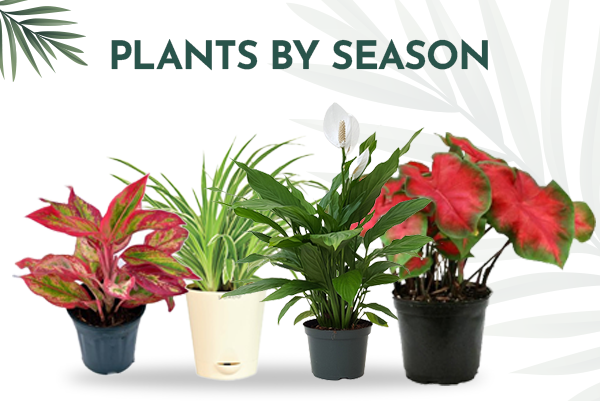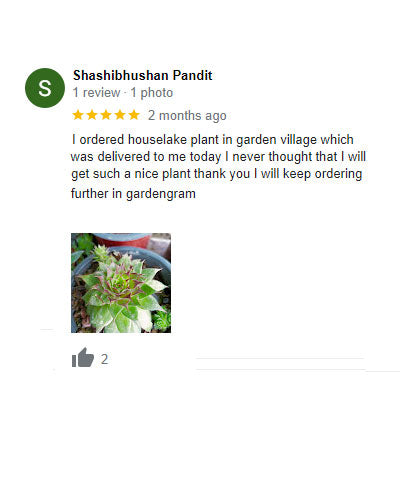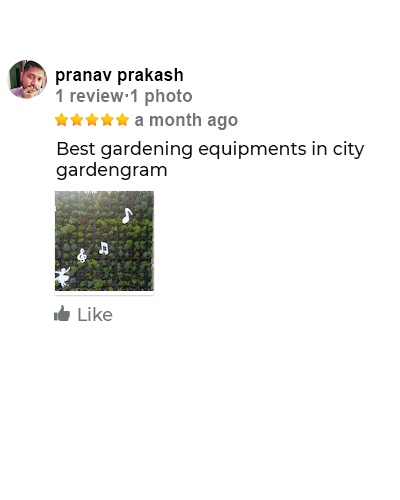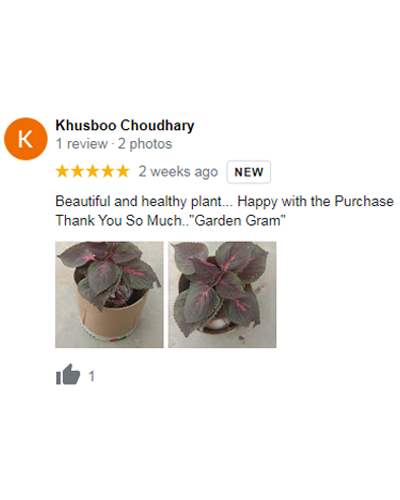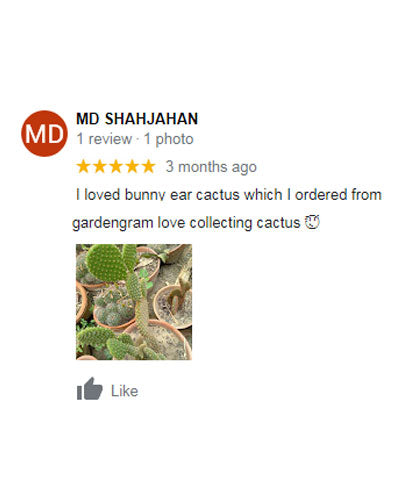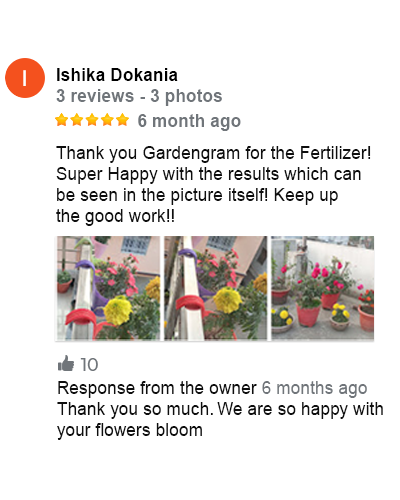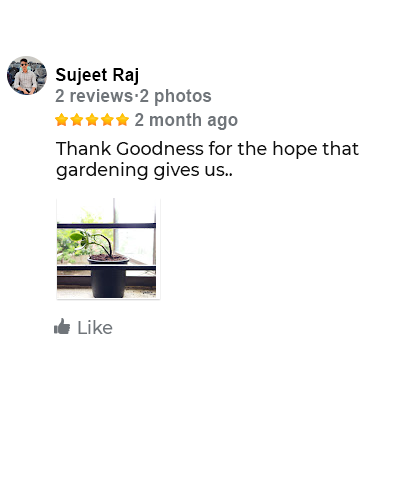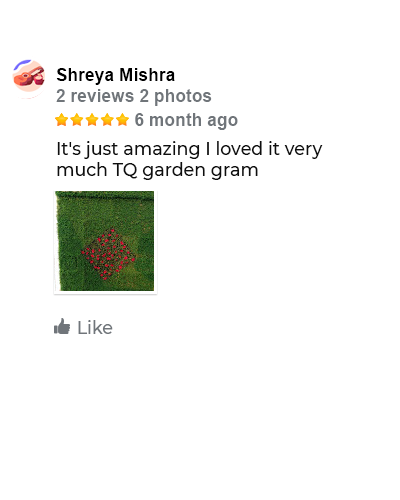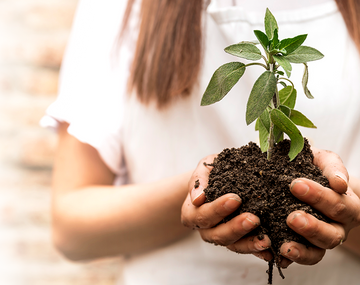Temperature and Indoor Plants: Finding the Sweet Spot
Hey there, fellow plant lovers! Today, we're diving into a crucial topic: how temperature can make or break your indoor plant's vibe. It's like finding the perfect room temperature for yourself but for your green buddies.
Understanding What Makes Plants Tick in Terms of Temperature
Okay, so, plants are like us—they've got preferences! Different types of indoor plants have their own temperature cravings. It's not just about how hot or cold it is; it's also about the season. Think of it this way: your tropical plants are sun worshippers, loving it between 65-75°F (18-24°C). Meanwhile, succulents and cacti are chill with a range of 70-85°F (21-29°C). And your flowering pals? They're comfy between 60-75°F (16-24°C).
What Happens When It Gets Too Hot or Cold?
Impact of High Temperatures
When things heat up for your indoor plants, it's not just about sweating it out. High temperatures can seriously stress them out, leading to dehydration akin to a parched desert. Ever seen wilting leaves? That's a classic sign of your plants telling you, "It's too hot in here!"
Consequences of Low Temperatures
Now, when the mercury dips, it's a whole different story for your plants. Frosty temperatures can be brutal—think of it as your plants going through an icy blast. They might end up with frostbitten parts or just decide to hit the snooze button on growth. Yep, they can go into a bit of a dormant phase, almost like taking a long winter nap. Growth slows down, or in some cases, comes to a complete standstill until things warm up.
Tips for Maintaining Optimal Temperature Conditions
Monitoring and Controlling Indoor Temperatures
Alright, let's start with the basics. Monitoring indoor temperatures is like keeping tabs on the weather for your plants. Grab yourself some tools like thermometers and hygrometers. These gadgets are your secret weapons to know what's cooking in your plant space. Stick 'em around different areas to get the lowdown on temperature and humidity.
Implementing Heating and Cooling Solutions
When the temperature's playing hard to get, it's time to take charge! For chilly times, cozy up your plant area with heaters. Not the ones you use for roasting marshmallows, though! Get those space heaters that won't roast your plants but keep them snug. And for hot days, enter the stars—fans and air conditioners. They're the cool cats keeping the heat at bay.
Seasonal Adjustments and Plant Care
Winter or summer, plants need some extra love during these extreme times. In winter, think of your plants as your cozy companions—minimize drafts and keep them insulated. Maybe a snuggly blanket for your bigger plants? Meanwhile, in summer, give them a breather! Open those windows, let the fresh air in, and maybe throw some shade their way if things get too hot to handle.
Flexibility in Watering and Fertilizing
Extreme temperatures mean your plant pals might need a bit more H2O or nutrients. They're sweating it out or feeling a bit sluggish, just like us! So, be the caring plant parent and adjust your watering schedule accordingly. If it's a scorcher, they might need more water to stay hydrated. And when it's cold, hold back a bit. The same goes for fertilizer—sometimes, they might need a little boost to keep thriving.
Pruning and Sheltering Practices
Ever heard of a plant haircut? That's what pruning is all about! During extreme temperature swings, your plants might need a trim to help them cope. Snip away those sad-looking leaves or branches affected by the temperature. Also, think about giving them a cozy shelter. Maybe move them away from drafty windows or shield them from the scorching sun with a light curtain. Think of it as creating a little sanctuary for your plants.
Remember, being a temperature guru for your indoor plants is all about being on your toes. Keep an eye on the thermometer, adjust as needed, and your plant squad will thrive in their own indoor paradise!
Other Environmental Factors Affecting Indoor Plant Health
When it comes to nurturing indoor plants, temperature is just one piece of the puzzle. Let's explore the other environmental factors that play a crucial role in maintaining their health and happiness.
Humidity Levels and Their Impact
Humidity, simply put, is the measure of moisture in the air. For our leafy buddies, getting the humidity levels right is a game-changer. Plants prefer it not too dry, not too damp, but just right! If it's too dry, they might get all parched and droopy, while excess moisture can lead to fungal issues and unhappy roots. Keeping a balanced humidity level, which varies depending on the plant type, helps them breathe easy and absorb nutrients better.
The Dance Between Light Exposure and Temperature
Plants need light for photosynthesis, but too much or too little can throw them off. When there's a perfect harmony between temperature and light, plants thrive. Finding the right balance between the two ensures they grow healthy and strong.
Air Circulation: The Unsung Hero
Air circulation is like the cool breeze on a hot summer day for your plants. Good airflow keeps the atmosphere fresh, prevents stuffiness, and stops those pesky plant diseases from setting up camp. It helps distribute temperature evenly, ensuring no corner of your plant space feels neglected. Think of it as a breath of fresh air for your green pals!
Putting It All Together
Maintaining a healthy indoor environment for your plants means juggling these factors like a pro. It's not just about temperature; it's a whole ecosystem. Checking humidity levels, ensuring proper light exposure, and keeping the air flowing—these are the unsung heroes in the plant care game.
Adapting to Varied Temperature Conditions
Acclimatization Techniques for Plants
Imagine you've been chilling in a cozy room, and suddenly someone cranks up the heat—ouch, right? Well, plants feel the shock too. To help them out, it's all about the slow dance. Gradually expose them to changes in temperature. It's like saying, "Hey, plant buddy, it's gonna get a little warmer (or cooler) around here. Let's take it easy and adjust together." This gradual introduction helps them ease into the new temperature vibe without feeling like they've been thrown into the deep end.
Seasonal Transitioning Strategies
Just like we switch from winter coats to tank tops, plants need a transition period too. As seasons shuffle around, help your green pals adapt smoothly. During colder months, try to shield them from drafts and provide a cozy environment. In summer, open the windows (or give them some shade if it's scorching) to help them keep their cool.
Adjusting Care Regimens for Temperature Fluctuations
Think of it as going with the flow. When temperatures swing like a pendulum, your plants might need a little extra love. Be flexible with their watering schedule—sometimes they'll be thirstier in hotter weather. Also, consider tweaking the fertilizer routine to match their changing needs. Oh, and here's a pro tip: pruning can be a superhero move during extreme temperature phases. Trimming away damaged or stressed bits can help your plant focus on staying healthy.
Frequently Asked Questions (FAQ):
1. What temperature should plants be kept at?
The ideal temperature for plants varies based on their species and types. However, generally speaking, most indoor plants thrive in temperatures between 65-75°F (18-24°C). Always consider the specific requirements of your plant species for optimal growth and health.
2. What is a good room temperature for plants?
A good room temperature for most indoor plants ranges between 65-75°F (18-24°C). This range usually ensures a comfortable environment for a variety of plants. It's important to consider the specific preferences of your plants, as some may prefer slightly warmer or cooler conditions.
3. What temperature is too low for plants?
Temperatures below 50°F (10°C) are typically considered too low for most indoor plants. Exposure to such low temperatures can cause damage, leading to issues like frost damage, slowed growth, or even dormancy. Tropical plants, especially, can suffer significantly in colder conditions, so it's crucial to shield them from extreme cold.
Ready to be the ultimate temperature guru for your indoor plants? Dive deeper into the world of plant care by exploring how to adjust temperatures, finding the perfect balance between light and warmth, and mastering the art of seasonal plant care.
And hey, if you're curious about how lighting factors in for your plant squad, don't miss out on our previous blog focusing entirely on lighting for plants. Join our community of plant enthusiasts where we share tips, tricks, and all things green. Let's create a cozy, perfect environment for our indoor plants together!


